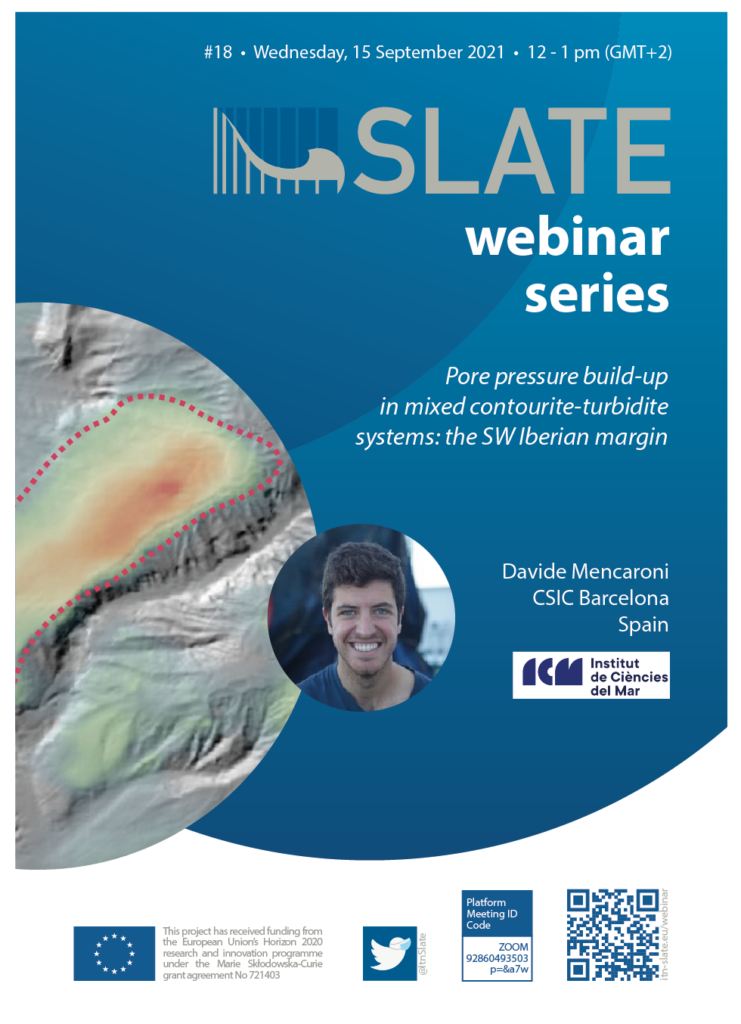
Contourite drifts are the depositional expression of bottom currents, which are capable of shaping the morphology of the seafloor by transporting, eroding and reworking marine sediments. Synchronous interaction between bottom currents and turbidity currents have been reported often in channel-levée systems where the thickness of the turbidity current exceeds that of the levées. Such interplay between along-slope and down-slope sedimentary process is one of the mechanisms by which “mixed turbidite-contourite systems” can originate. In this presentation, we demonstrate the existence of a 25 km long, 10 km wide and up to 0.5 km thick late Quaternary deposit, seating adjacent to the north-west flank of one of the major canyons in the North Atlantic, the São Vicente Canyon, in the Alentejo Basin (south-west Iberian margin). The area receives the influence of a strong bottom current, the Mediterranean Outflow Water (MOW), which has swept the continental slope at different water depth ranges during glacial and interglacial periods. Architectural patterns and sediment characteristics suggest that this sedimentary body, named Marquês de Pombal Drift, is the result of the interaction between the Mediterranean Outflow Water and turbidity currents flowing along the São Vicente Canyon. Because the canyon is incised significantly deeper (ca 1.5 km) than the thickness of turbidity currents, an additional process, in comparison to earlier models, is needed to allow the interaction with the Mediterranean Outflow Water and transport sediment out of the canyon. In the São Vicente Canyon, and likely in other canyons worldwide, interaction of turbidity currents with contour currents requires intermediate nepheloid layers that export the finer-grained fraction of turbidity currents out of the canyon at the boundary between major water masses. Finally, we evaluated the potential role of the Marques de Pombal Drift deposition as pre-conditioning factor for the emplacement of multiple mass transport deposits and scars visible in the outer flanks of the mixed system deposit. To do so, we built a series of finite-element hydrogeological models that simulate the deposition of the Marques de Pombal Drift and its effect on pore water flow. According to our results, overpressure generated by the mixed contourite – turbidite system deposition in the study area reach up to 20% of the lithostatic load, mainly due to the fine-grained composition and high sedimentation rate associated with this type of deposits. Our study shows how the deposition of mixed contourite – turbidite systems are capable of decreasing the stability of submarine slopes.
When & Where?
- Wednesday, 15 September 2021
- 12 pm – 1 pm (GMT+2)
- via ZOOM
- permanent Zoom Link
- ID: 928 6049 3503 Code: p=&a7w
Webinar Flyer:
Abstract Download


